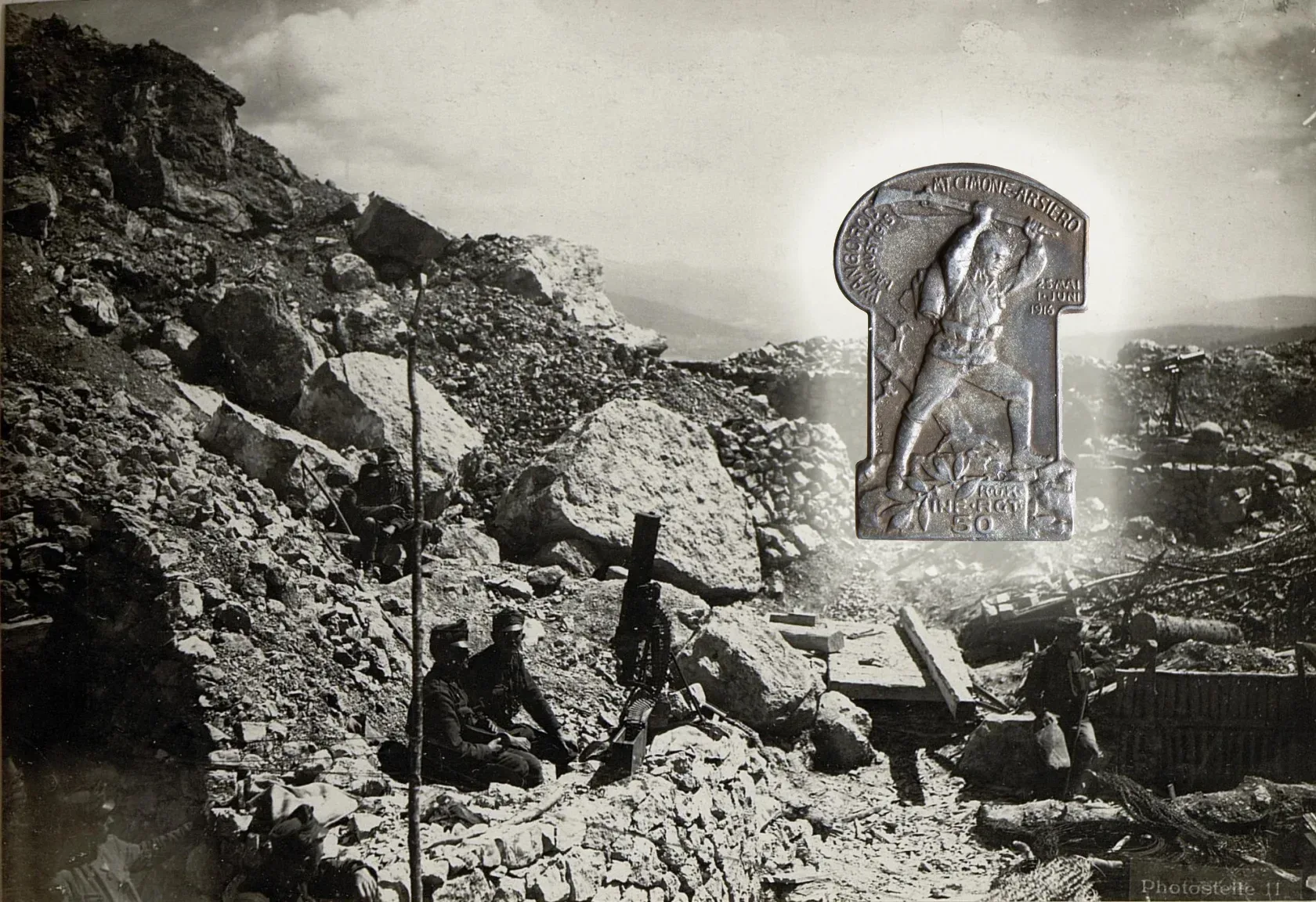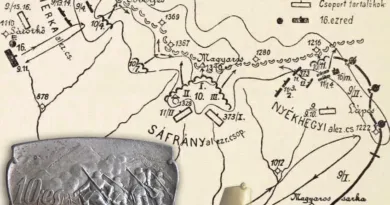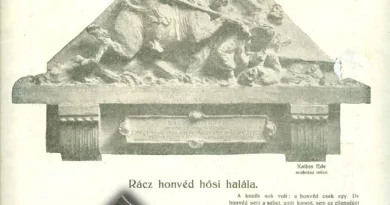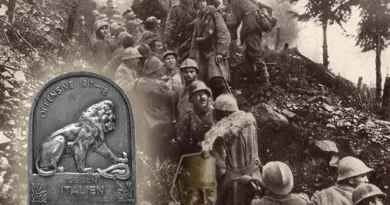May 1916
In May 1916, the Great War had been going on for almost two years. The Monarchy survived the crisis in the winter of 1914-15. In the spring of 1915, they invaded deep into Russian territory. Italy’s entry into the war slowed progress on the Eastern Front. The ongoing attacks by the Italians on the relatively short and well-defended Southwestern front nevertheless have seized considerable force. The condition for the eastern advance that would decide the war seemed to be the disarming of the Italian battlefield, the defeat of the Italians. This was the aim of the Monarchy’s large offensive operation in May 1916 on the Italian front.
There is much debate about how good it was to carry out the attack on the Seven Municipal Plateau in South Tyrol. Due to the difficult terrain, the successful attack could only unfold relatively slowly. This gave the Italians the opportunity to deploy reinforcements. According to the plan, after the break-up of the front on the plateau, the forces of the Monarchy could have advanced faster on the Italian plain, thus cutting off the Italian army fighting on the Karst plateau to the east. The offensive operation slowed down after initial successes and eventually stopped at the edge of the plateau. The continuation of the offensive was made impossible by the attack by the Russians, which was brought forward as planned to help the Italians.

Many units took part in the offensive, which was launched with a significant military concentration. The success of the first week was shared by many units. Of these, the breakthrough of the Italian fortification system stood out. Many troops also took part in this operation. One of them was the 50th Infantry Regiment, whose badge commemorates its success here. The attack of the 3rd Division (20th Corps) also started on May 15, in which the 50th Infantry Regiment fought at that time. On the first day of the attack, the first Italian main line of defense fell and the 3rd Division dropped more than 4,000 prisoners of war. The vigorous attack was significantly slowed by rising Italian resistance around May 20th. The great success of the 50th Infantry Regiment on 25 May was the occupation of reinforced positions at Mt Cimone. Soldiers from the 50th Regiment reached the town of Arsiero on May 27, behind the fortified hill. The capture of Arsiero on June 1 marked the last significant step forward. Attacks on new heights south of the city were no longer successful.
During the Tyrolean offensive, the Austro-Hungarian troops advanced only 30 km in three weeks. The main reason for the slow advance was initially a terrain divided by mountains, steep cliffs and deep valleys. Later, Italian resistance also solidified, so the attackers no longer had a chance to reach the Italian lowlands. The attack was interrupted by the Monarchy’s military leadership on June 8 due to a major Russian attack.
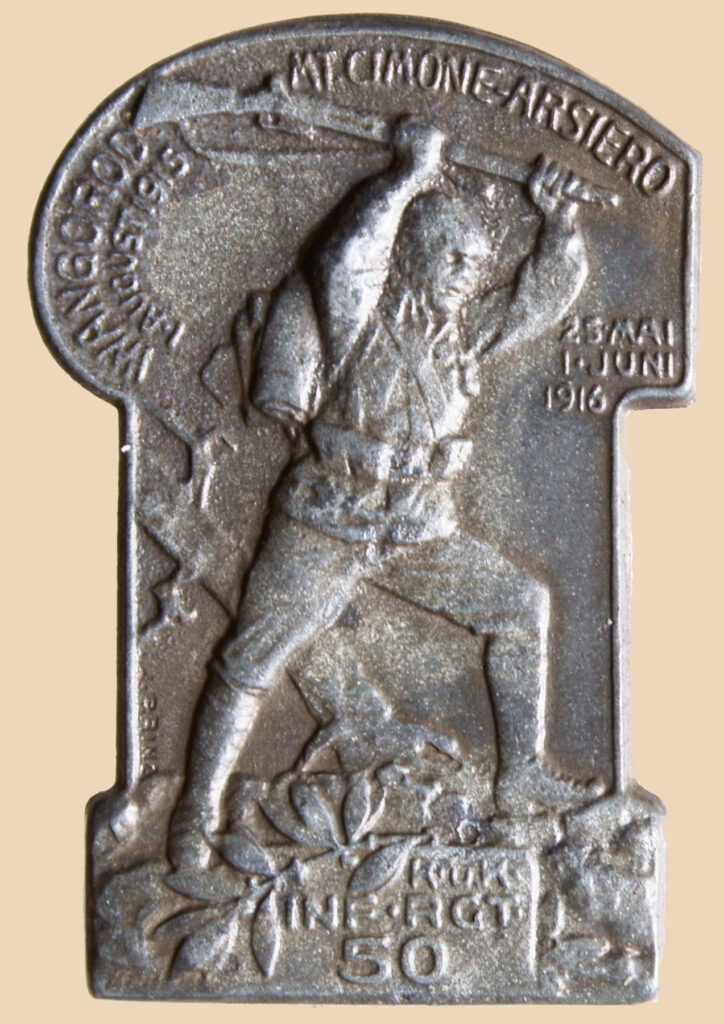
The badge of the 50th Infantry Regiment ranked the two points of the Tyrolean operation, Mt Cimone and the town of Arsiero, at the very top of the list of battlefields. Contemporary reports clearly rated the offensive as a great success, which however did not achieve its goal.

